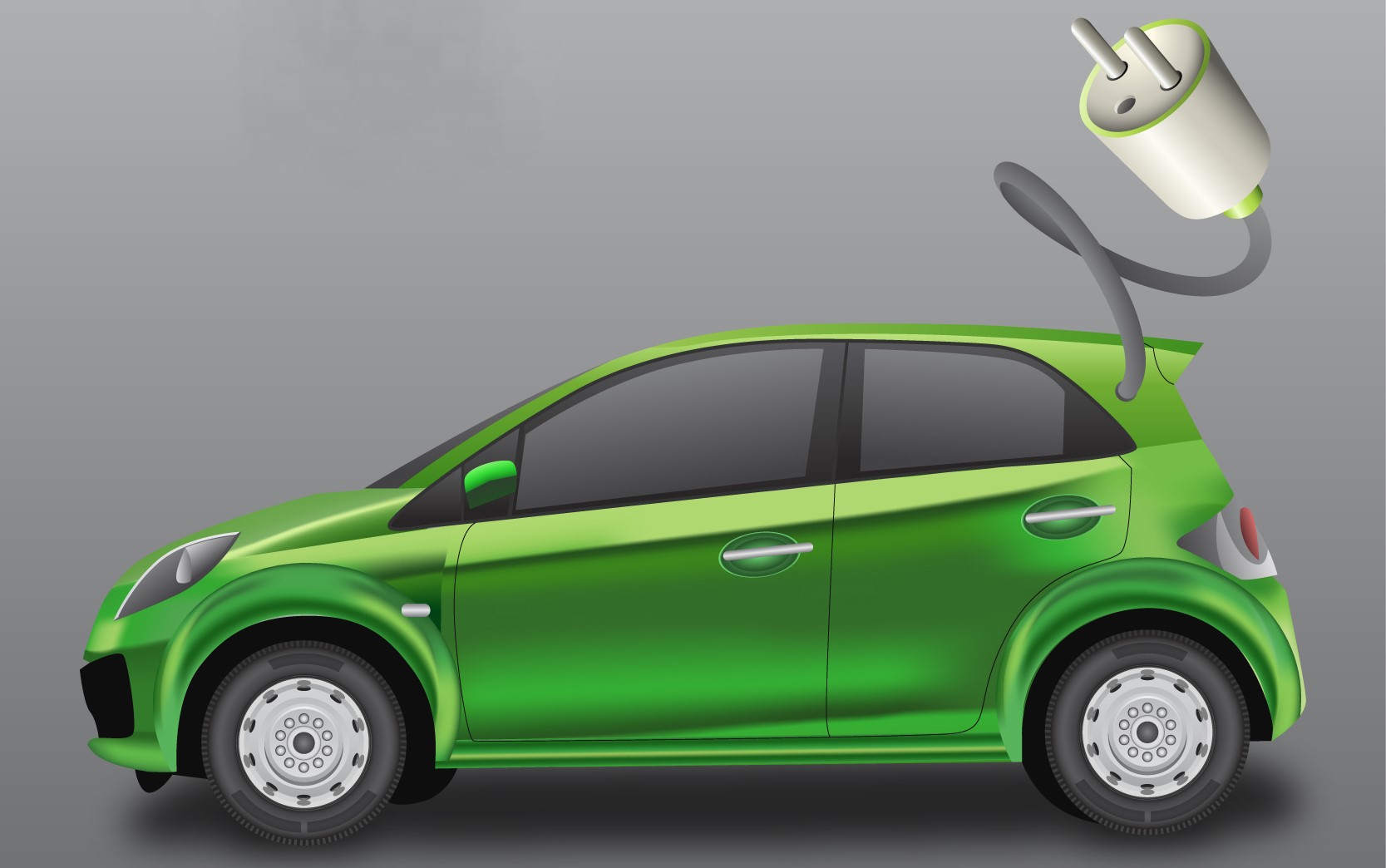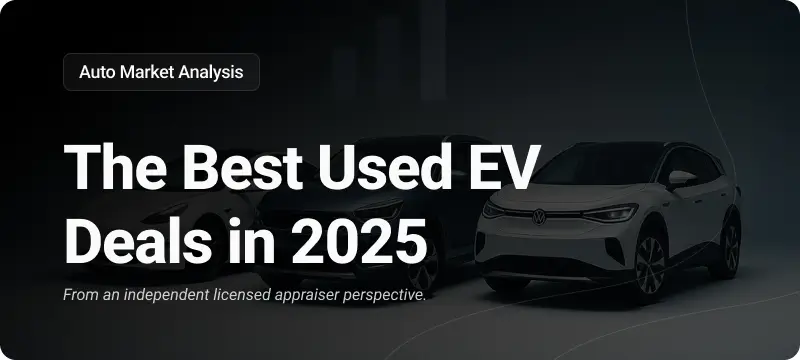Debunking Electric Vehicle Myths (PDF)
As Electric Vehicles (EVs) gain more popularity with the passing of days, more questions and myths begin to arise. In this article, we are going to debunk some of the most common Electric Vehicle myths and questions.

1: Electric vehicles harm the environment more than gasoline cars due to power plant emissions.
FACT: Electric vehicles generally have a smaller carbon footprint than gasoline cars, even when considering the electricity used for charging.
Electric vehicles (EVs) are renowned for producing zero tailpipe emissions. Nevertheless, the process of generating electricity to charge EVs can result in carbon pollution, with the extent of emissions varying according to the energy sources used for electricity generation. Coal and natural gas power plants emit carbon pollution, while renewable sources like wind and solar do not. Surprisingly, even when accounting for these electricity emissions, research indicates that, on average, an EV is responsible for fewer greenhouse gas emissions (GHGs) than a typical new gasoline car. As more renewable energy sources are integrated into electricity generation, the GHGs associated with EVs could decline further. In 2020, renewables became the second-largest source of electricity in the United States.
To determine the energy mix in your area, you can simply enter your zip code. The EPA and the Department of Energy’s (DOE) Beyond Tailpipe Emissions Calculator can help you estimate the greenhouse gas emissions linked to charging and driving an EV or a plug-in hybrid electric vehicle (PHEV) in your region. By selecting an EV or PHEV model and entering your zip code, you can see the CO2 emissions and how they compare to those of a gasoline car.
2: Electric vehicles are more detrimental to the climate than gasoline cars because of battery manufacturing.
FACT: Over the lifetime of the vehicle, the greenhouse gas emissions associated with electric vehicles are typically lower than those of an average gasoline-powered vehicle, even when factoring in manufacturing.
Some studies have shown that the production of a typical EV can create more carbon pollution than that of a gasoline car. This is largely due to the additional energy required for EV battery manufacturing.
Nonetheless, when considering the entire life cycle of the vehicle, including manufacturing, charging, and operation, EVs generally result in lower GHG emissions compared to gasoline cars. This is because EVs produce zero tailpipe emissions and typically have significantly lower GHG emissions during operation.
Scientists at Argonne National Laboratory estimated emissions for gasoline cars and EVs with 300-mile ranges. While GHG emissions from EV manufacturing and end-of-life are higher (as shown in orange), the overall GHGs for the EV still remain lower than those for the gasoline car. Efforts are also underway to reduce emissions by recycling EV batteries, which can decrease the need for new materials.
3: The surge in electric vehicles will overwhelm the U.S. power grid.
FACT: Electric vehicles come with charging strategies that can prevent grid overload and, in some cases, enhance grid reliability.
It is true that the growing number of electric vehicles (EVs) will lead to increased electricity demand. However, the impact on the grid will depend on several factors, such as the power level, the time of day for charging, and the potential for vehicle-to-grid (V2G) charging.
EVs can be charged during off-peak times, such as overnight when electricity rates are often lower. Research indicates that even with a mix of charging times (not all at night), there should be sufficient capacity to accommodate the increasing number of EVs in the coming years. As renewables become a larger part of the energy mix in many regions, transitioning to more daytime charging (when some renewables like solar generate energy) with energy storage capability should enable the grid to manage increased EV charging.
California, which has over 1 million electric vehicles, sees EV charging accounting for less than 1% of the state’s grid load, even during peak hours. Vehicle-to-grid (V2G) charging allows EVs to act as a power source by feeding energy back to the grid from the EV battery, contributing to grid reliability.
In the long term, the higher demand for electricity resulting from EV growth may necessitate upgrades to transmission and distribution infrastructure, a possibility that is already under consideration.
4: There are limited charging options for electric vehicles.
FACT: Electric vehicles can be charged using the same outlets as household appliances, and there are over 51,000 public charging stations across the U.S.
For many people, charging an EV at home with a standard 120 Volt (Level 1) outlet meets their driving needs. To expedite charging, a dedicated 240 Volt (Level 2) outlet or charging system can be installed. For individuals residing in apartments or condominiums, EV charging stations are increasingly being integrated into building amenities.
The availability of EV charging is set to increase significantly in the coming years thanks to government initiatives established as part of the Bipartisan Infrastructure Law. This includes an investment of up to $7.5 billion to establish a national network of electric vehicle chargers along highways, in communities, and in neighborhoods. As of February 2023, significant progress was made toward the development of a national network of EV chargers made in America. To estimate the charging needs in your state or metropolitan area as EV adoption grows, you can use the DOE’s EV Pro Lite Tool.
5: Electric vehicles lack the range for daily travel.
FACT: Electric vehicles offer more than enough range for typical daily use in the U.S.
Electric vehicles come with sufficient range to cover the average daily travel of a typical household in the U.S., which is approximately 50 miles per day on average. The majority of households, about 85%, travel fewer than 100 miles in a typical day. Most EV models can travel over 200 miles on a fully charged battery, and nearly all new models can cover more than 100 miles on a single charge. The automotive industry is also planning to introduce more long-range models in the coming years.
The range of an EV is influenced by driving habits and conditions, such as weather. Cold temperatures and the use of heat can reduce the average range by approximately 40%.
6: Electric vehicles are exclusively available as sedans.
FACT: Electric vehicles are now available in various shapes and sizes.
EVs and PHEVs are no longer confined to small sedan or compact models. Currently, there are over 50 PHEV and EV models on the market, with more models expected to be released in the future. This diversity in vehicle classes is set to expand further.
7: Electric vehicles are less safe than gasoline vehicles.
FACT: Electric vehicles are subject to the same safety standards as conventional vehicles.
All light-duty cars and trucks sold in the United States are required to meet the Federal Motor Vehicle Safety Standards, regardless of whether they operate on gasoline or electricity. These standards necessitate an extensive and well-established testing process. Additionally, EV battery packs must adhere to their own testing standards. Furthermore, EVs are designed with added safety features that disable the electrical system in the event of a collision or short circuit.
If you have any other questions related to EVs, this other article may be insightful: Top EV-Related Questions Answered





